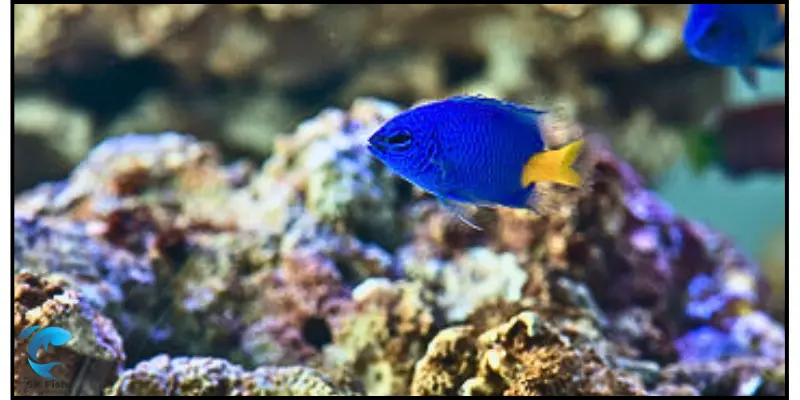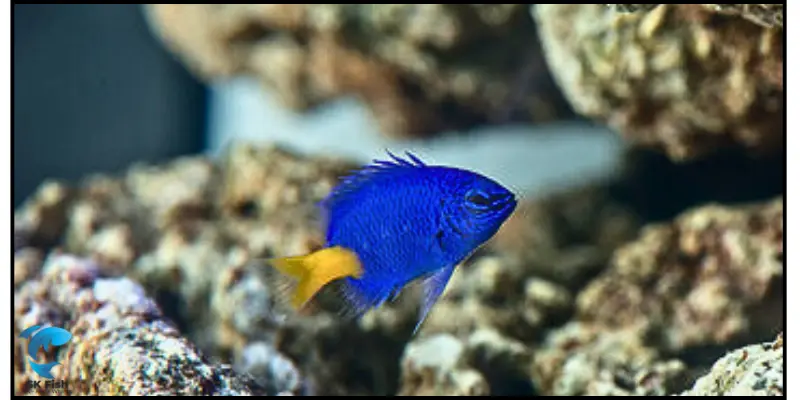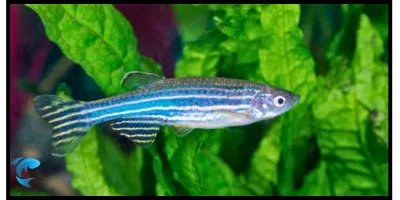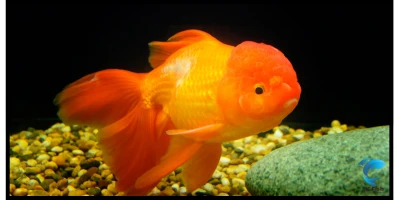Yellowtail Blue Damselfish: The Ultimate Aquarium Care Guide
Published: 26 May 2024
Welcome to the enchanting world of yellowtail blue damselfish. In this blog, you will find a comprehensive care guide for this gorgeous fish in captivity. The yellowtail blue damselfish is a popular saltwater aquarium fish.
Are you curious about how to care for yellowtail blue damselfish in captivity? Look no further! You will find everything you need to know about this fish, including their characteristics, tank setup, water parameters, feeding habits, health, and disease management.
Let’s get started!
What is Yellowtail Blue Damselfish?
The yellowtail blue damselfish is a popular fish among aquarium enthusiasts because of its unique characteristics and striking appearance. Renowned for its yellow tail, this fish’s body is vibrant blue, except for the tail. The yellowtail blue damselfish is scientifically known as “Chrysiptera Parasema.”

Common Names
Yellowtail blue damselfish is known by different names such as:
- Blue damselfish
- Blue devil
- Sky blue damsel
- Electric blue damsel fish
- Blue demoiselle
- Hedley’s damselfish
Size and Weight
The yellowtail blue damselfish is a small fish, with adult individuals reaching a maximum size of 3 inches. Due to its small size, this elegant fish weighs just a few grams.
Lifespan and Reproduction
The lifespan of blue damselfish depends on care and diet. With proper care, blue damselfish can live up to 5 years in captivity.
The reproduction of yellowtail blue damselfish involves a specific process. First, male damselfish attract females by performing a series of displays, such as changing color, flaring fins, and engaging in chasing behavior. Males become aggressive with females during mating. After mating, the female damselfish releases around 300 eggs.
After the female lays the eggs, the male protects them until they hatch, which typically occurs within 3 to 4 days. It is essential to keep these fish separate from aggressive species like wrasses and crabs, as these species may eat the damselfish eggs. Therefore, setting up a separate breeding tank for damselfish is beneficial for their well-being.
Aquarium Care Guide for Yellowtail Blue Damselfish
Blue damselfish are small-sized species and very hardy, making them easy to keep in captivity. Here’s a complete guide covering tank size, tank decor, and water parameters. Let’s get started!
Tank Size
Yellowtail blue damselfish, commonly recognized by their yellow tails, are splendid starter fish for any saltwater aquarium. Although these species are small, they require a minimum 20-gallon tank for two individuals. A larger tank is more comfortable and helps reduce stress for the damselfish.
Tank Decor
Tank decoration is crucial as it mimics their natural habitat. How can you decorate the tank for damselfish? You can add live rocks and corals to create hiding spots, providing a comfortable environment for the damselfish.

Water Parameters
Water parameters play a crucial role in the well-being of damselfish. It is important to maintain suitable water conditions for blue damselfish:
- The temperature should be between 74 to 85 degrees Fahrenheit (23 – 29°C).
- The pH level should be 8.2 to 8.4
- The specific gravity should be 1.020 – 1.025
Compatibility with Other Fishes
Yellowtail blue damselfish are semi-aggressive species. To maintain a peaceful aquarium, it is crucial to choose non-aggressive and peaceful tank mates. Here’s a list of some suitable non-aggressive and peaceful species:
| Tank Mates |
|---|
Diet and Feeding Habits
A balanced diet is essential to keep blue damselfish healthy. In the wild, they primarily feed on small invertebrates, algae, and plankton. In captivity, you can feed them meaty foods such as brine shrimp, mysis shrimp, and chopped seafood. Avoid overfeeding; instead, feed them multiple times a day to maintain their health.
Health and Disease
Proper care is essential for the well-being of damselfish, so regular monitoring is crucial.
Common Health Issues
These species are commonly susceptible to marine diseases such as lethargy, ich, velvet, rapid breathing, and changes in color and behavior.
Prevention and Treatment
You need to provide excellent water quality and a varied diet to prevent these diseases. If these measures are not effective, consult a local aquarium specialist for appropriate treatment.
Conclusion
In summary, we have discovered amazing facts about this elegant saltwater fish. We explored all the nuances of damselfish, including their common names, size, weight, lifespan, and reproduction. We also covered a complete aquarium care guide to help you keep this fish in captivity easily. I hope you enjoyed this blog. Share your thoughts in the comments section.
FAQs
Are yellowtail blue damselfish aggressive?
Yellowtail blue damselfish are semi-aggressive species from the genus Chrysiptera. During mating, they exhibit territorial and aggressive behavior. They also show aggression in small tanks and with small-sized species.
What do yellowtail blue damselfish eat?
Yellowtail blue damselfish are omnivores, so providing a varied diet is crucial for their well-being. You can feed them flakes, pellets, frozen foods, brine shrimp, mysis shrimp, algae, and plankton.
Are yellowtail blue damselfish easy to keep?
Yellowtail blue damselfish, renowned for their yellow tails, are hardy and semi-aggressive. These species are popular among aquarists because of their beauty.
What is the lifespan of yellowtail blue damselfish?
Yellowtail blue damselfish have a relatively short lifespan in captivity, living up to a maximum of 5 years.

SK Fish is your trusted source for practical fish care tips and delicious seafood recipes. Our team is dedicated to providing reliable, well-researched content for fishing enthusiasts and home cooks alike.

- Be Respectful
- Stay Relevant
- Stay Positive
- True Feedback
- Encourage Discussion
- Avoid Spamming
- No Fake News
- Don't Copy-Paste
- No Personal Attacks



- Be Respectful
- Stay Relevant
- Stay Positive
- True Feedback
- Encourage Discussion
- Avoid Spamming
- No Fake News
- Don't Copy-Paste
- No Personal Attacks





